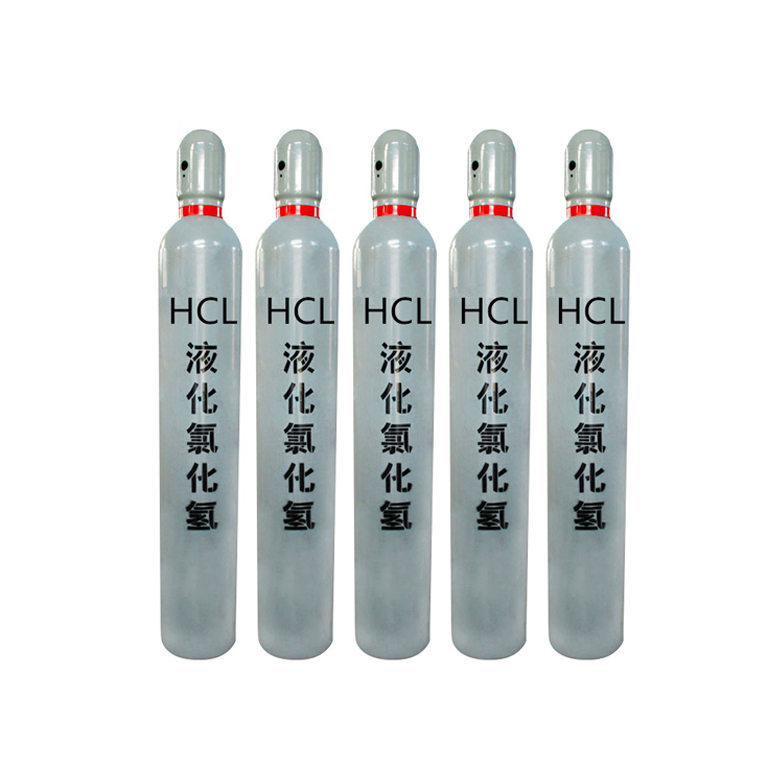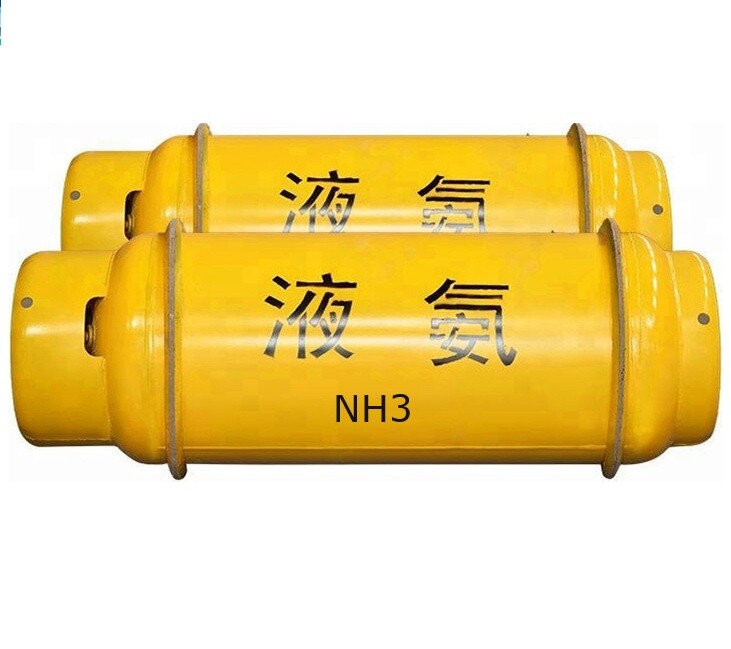Compressed gas: permanent gas, liquefied gas and dissolved gas.
Permanent gas: gas with critical temperature less than -10 ° C. Such as air, oxygen, nitrogen, hydrogen, neon, helium, krypton, methane, gas, boron trioxide, tetrafluoromethane, carbon monoxide, etc.
Liquefied gas: a gas whose critical temperature is equal to or greater than -10 ° C is a general term for high pressure liquefied gas and low pressure liquefied gas.
High pressure liquefied gas: gas whose critical temperature is equal to or greater than -10 ° C and equal to or less than 70 ° C. Such as carbon dioxide, ethane, ethyl, etc.
Low pressure liquefied gas: gas with critical temperature greater than 70 ° C. Such as hydrogen bromide, hydrogen sulfide, ammonia, propane, propylene, liquefied petroleum gas, etc.
Dissolved gas: gas dissolved under pressure in the solvent in the bottle. Such as acetylene dissolved in acetone or dimethylteformamide in a bottle.
Adsorbed gas: the gas adsorbed in the adsorbent in the cylinder. This is a gas that is stored and transported in solid form instead of compressed or liquefied form. Currently, hydrogen is the only one.
Bottled gas: gas that is bottled, stored and transported in the form of compression, liquefication, dissolution and adsorption.
Combustible gas: any gas that can burn or explode when exposed to fire, heat or contact with oxidizing gases, collectively referred to as combustible gas.
Oxidizing (combustion-supporting) gas: A gas that does not burn itself, but helps and maintains combustion. Such as oxygen, air, chlorine, etc.
Spontaneous combustion gas: gas that spontaneously combusts in contact with air or oxidizing gases at temperatures below 100 ° C. Such as methyl silane and other gases.
Non-combustible gas: A gas that does not burn itself and does not aid and sustain combustion. Such as nitrogen, carbon dioxide, argon, helium, neon, krypton, xenon, oxygen, phosphorus chloride, boron chloride, boron fluoride, silicon tetrachloride, silicon tetrafluoride, etc.
Toxic gas: generally refers to the gas that can cause damage to the normal function of the human body. Such as chlorine, phosgene, methyl bromide, ethylene oxide, hydrogen sulfide, carbon monoxide and so on.
Inert (asphyxiating) gas: gas that does not react with other substances at normal temperature or pressure.
Corrosive GAS: gas that can corrode metal or tissue or corrode in the presence of water. Such as hydrogen chloride, hydrogen sulfide, ammonia and so on.
Specialty gas: gas that can meet a specific purpose. Including single (yuan) gas and gas mixture.
Single gas: gas whose content of other components does not exceed the prescribed limit.
Gas mixture: A gas containing two or more effective components, or a gas whose content exceeds the prescribed limit although it is not an effective component.
Breathing gas: the gas that is breathed by means of a respirator. Such as air, oxygen.
Medical gas: used for treatment, diagnosis, prevention and other medical gas.
Chat Online





